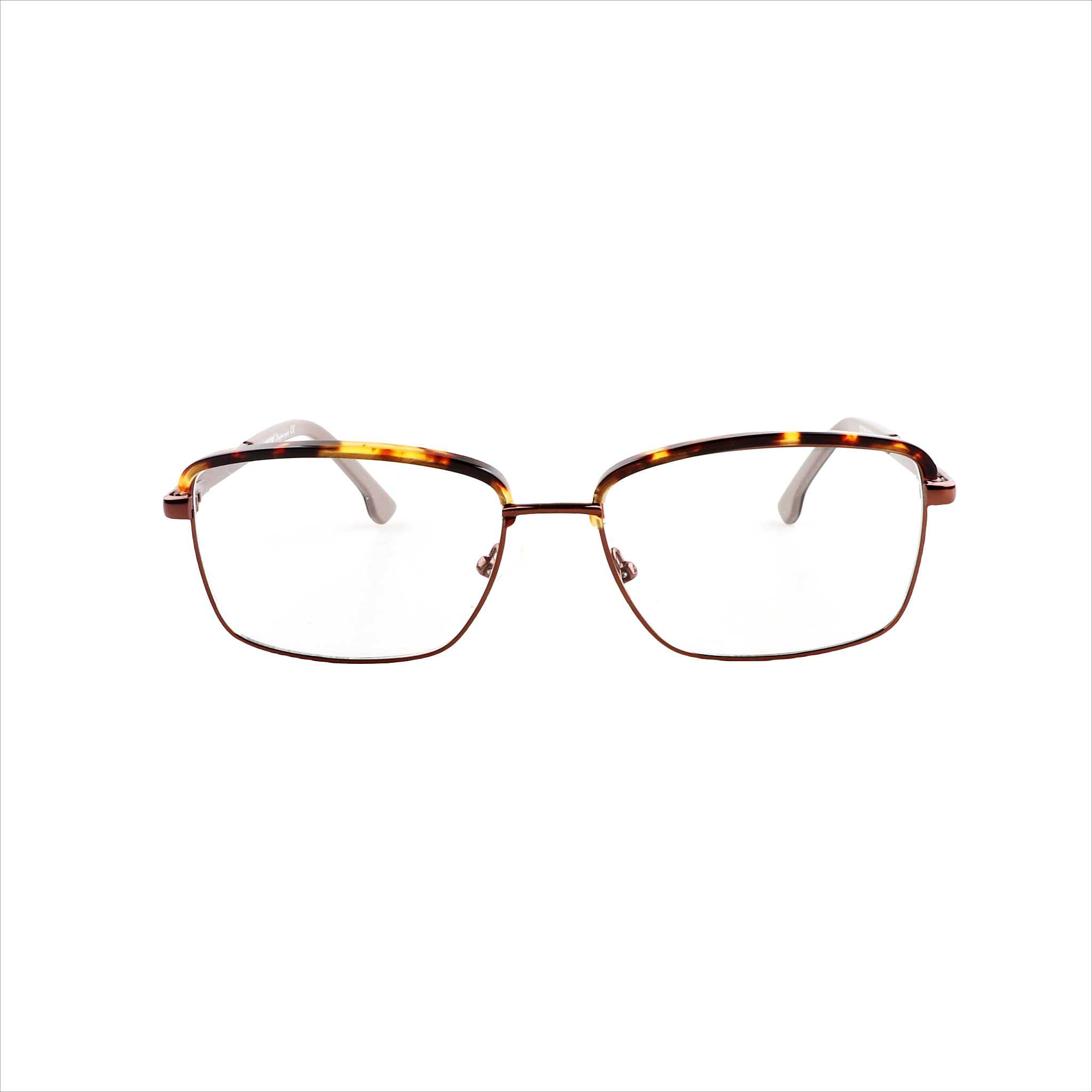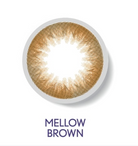Learn about our delivery timelines, key conditions, and more.
Domestic Shipping:
Free Delivery: Enjoy free shipping on all orders within India for LENZO Prime members.
Eyeglasses & Sunglasses: Delivered within 2-3 Days (for all prescriptions).
Contact Lenses: Delivered within 2-3 Days.
International Shipping:
Shipping: We ship internationally to select countries. Shipping costs are calculated at checkout.
Delivery Time: International shipping typically takes 7-15 business days, depending on the location.
Shipping Partner:
We partner with reliable couriers to ensure safe delivery of your products.
Order Processing:
Orders are processed within 24 hours from the time of purchase.
Tracking & Notifications:
You’ll receive tracking details once your order is dispatched, allowing you to monitor your delivery in real-time.
Seamless Returns & Exchanges:
We offer a 14-day return policy. Our customer service team will assist you with any exchanges or returns.
Key Conditions:
Orders requiring vision correction will be processed after we receive your prescription.
Delivery times may vary for remote areas or complex prescriptions. We’ll notify you of any delays.
Quality assurance checks may sometimes cause slight delays if a product needs re-manufacturing.
Know More About Shipping & Delivery














